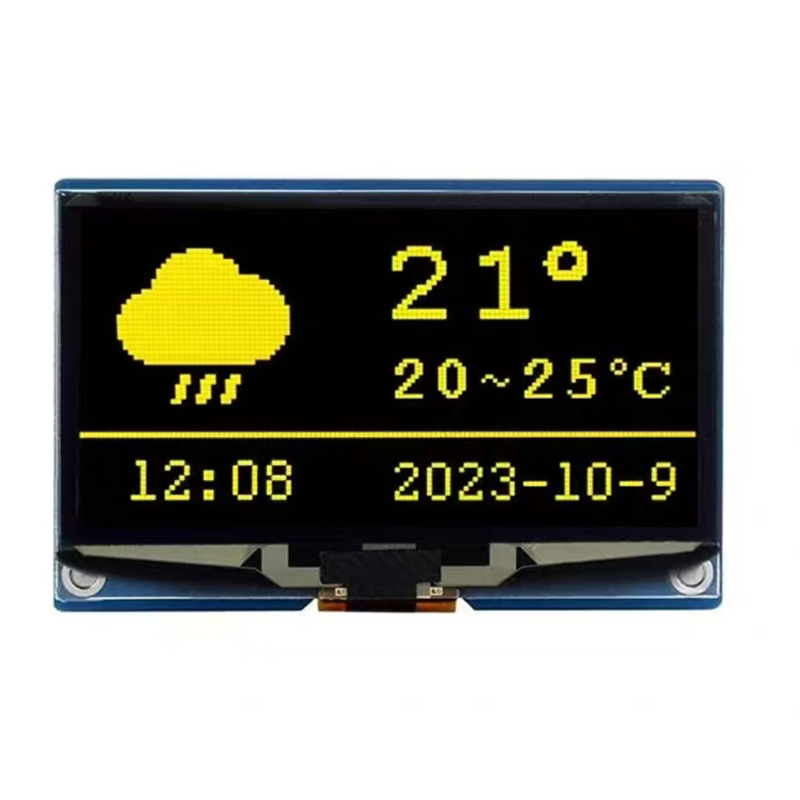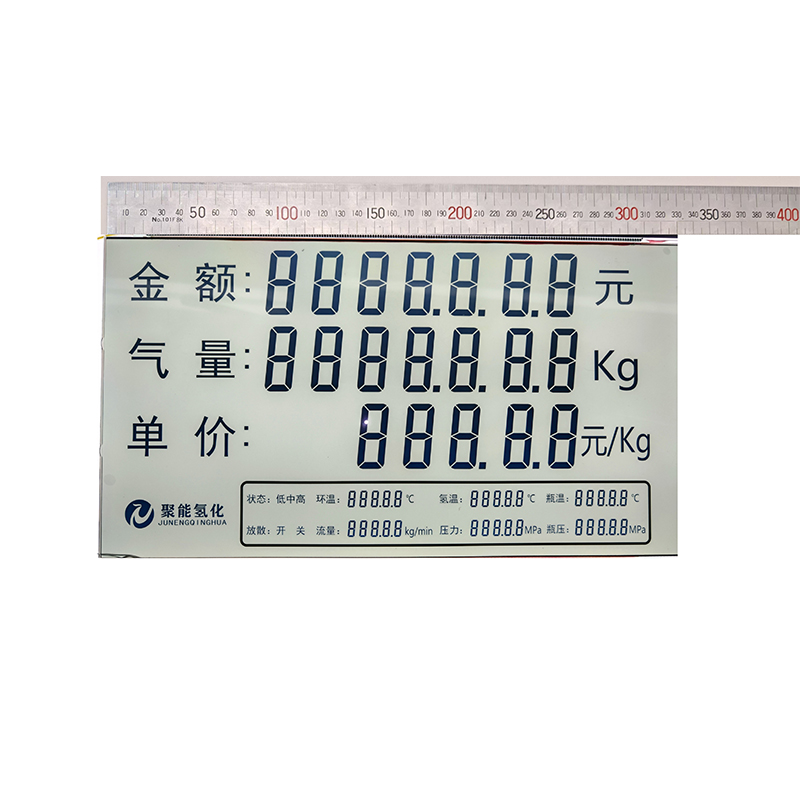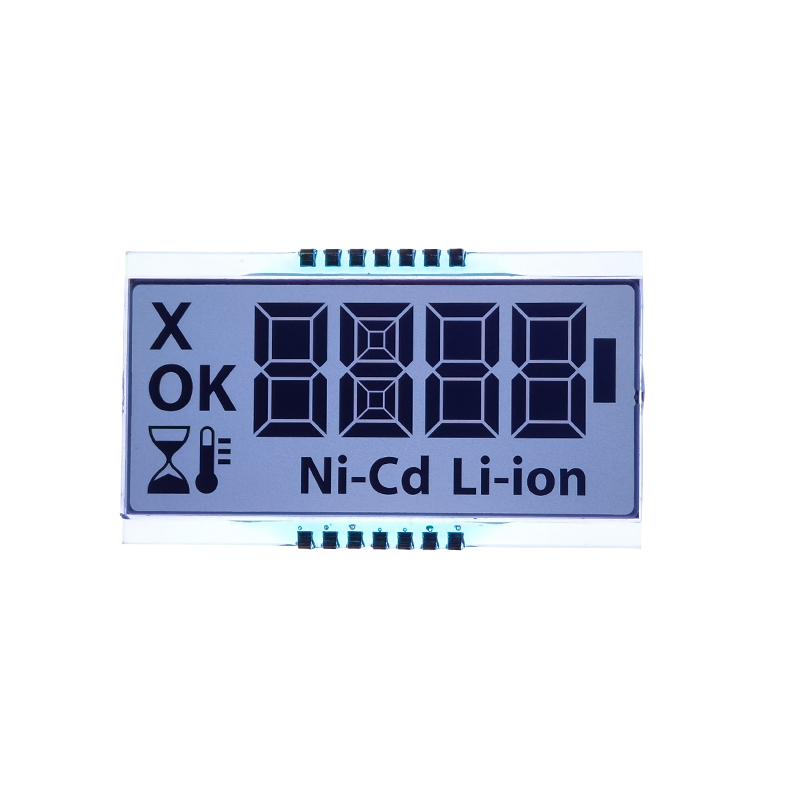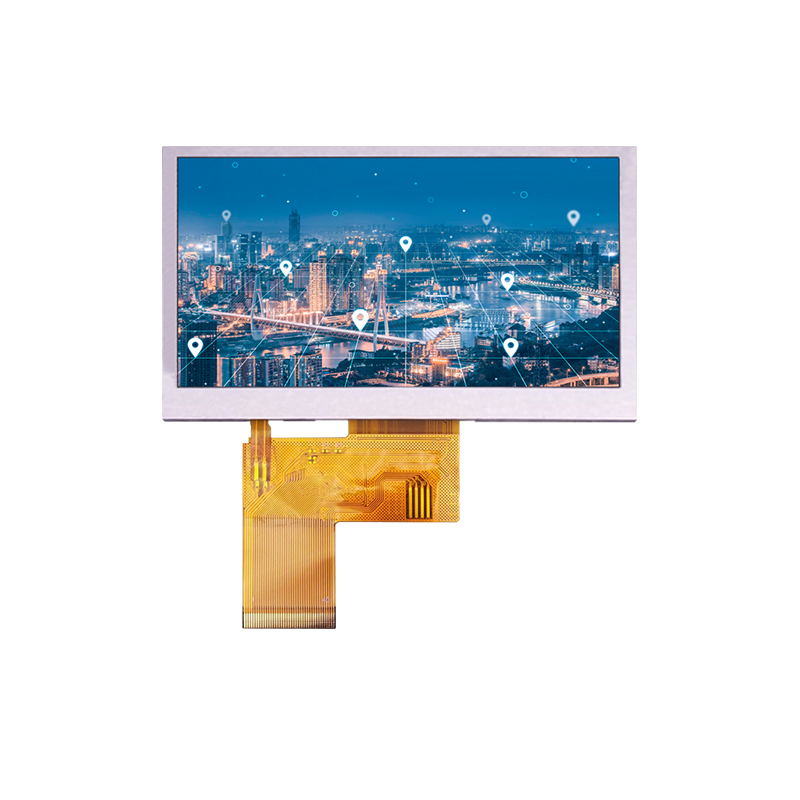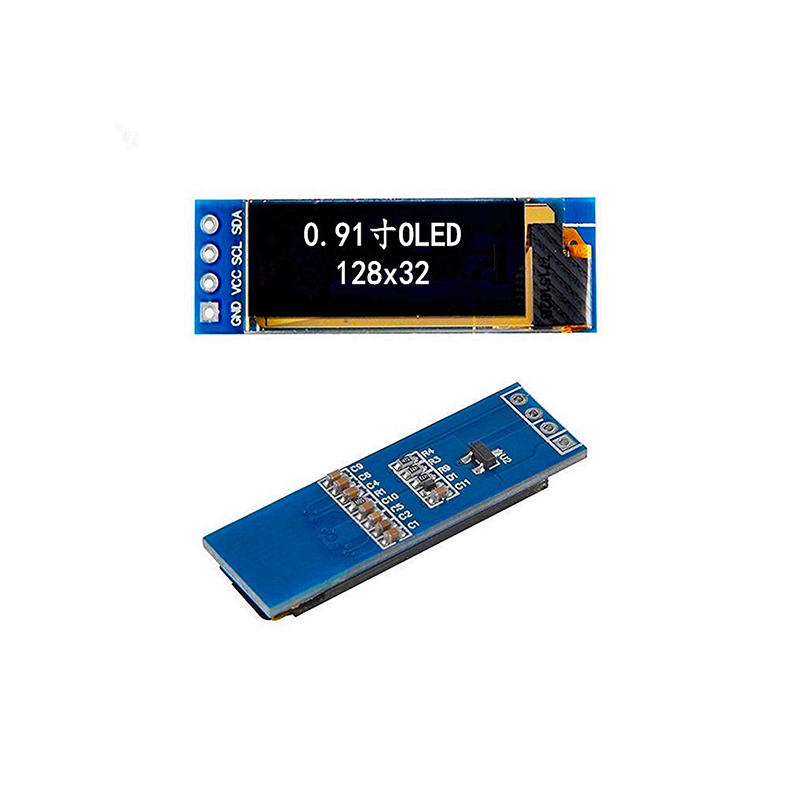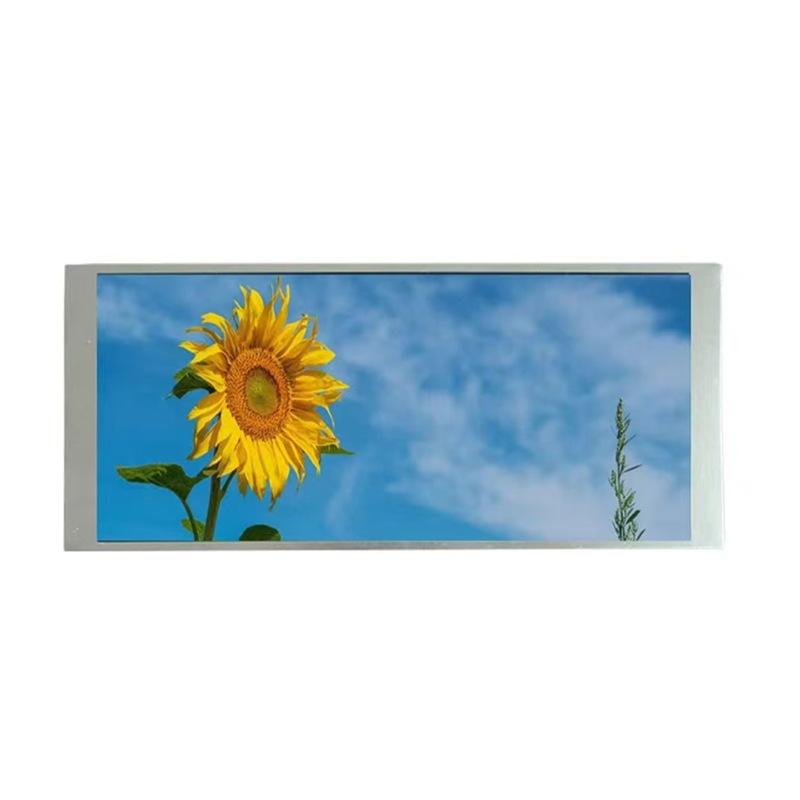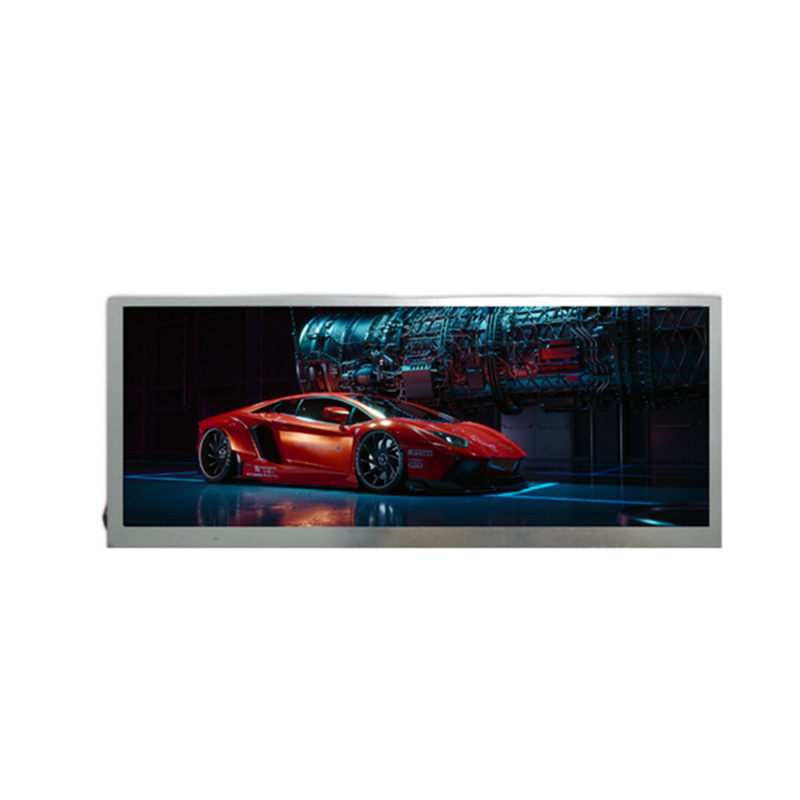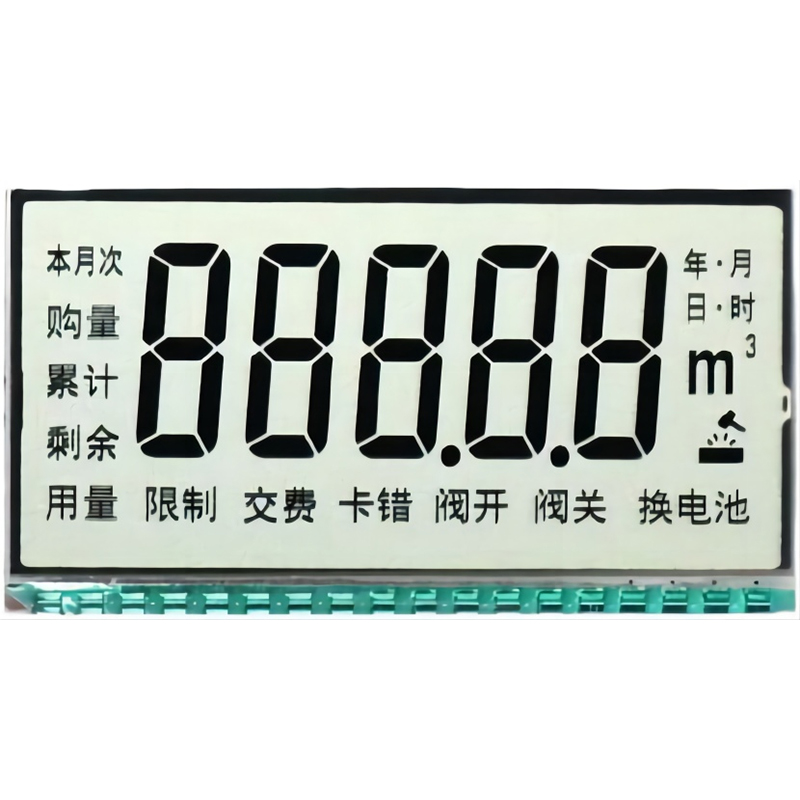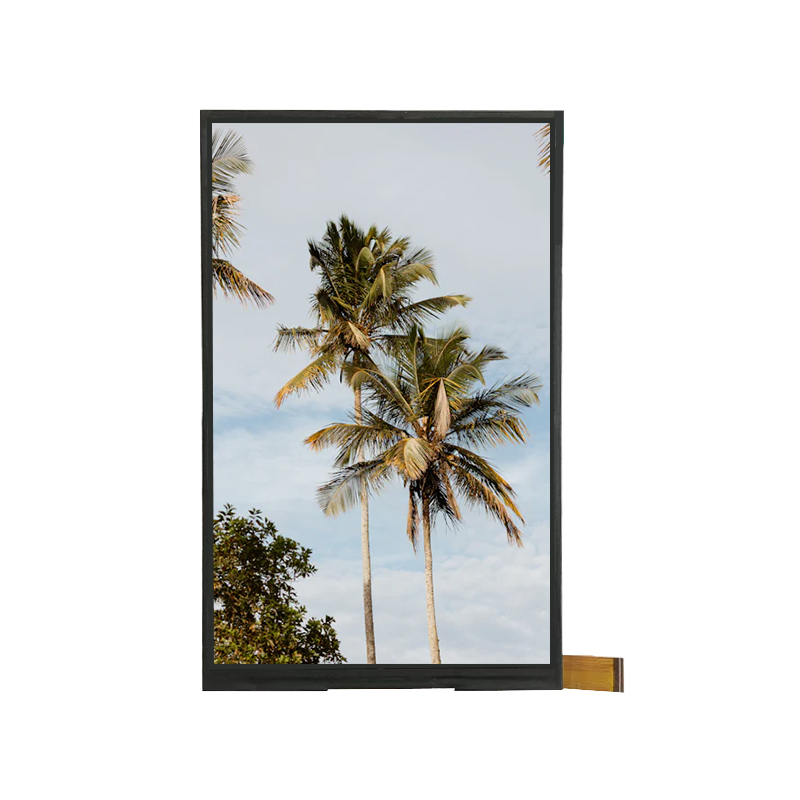
Choosing the right 3.5 inch TFT display for Raspberry Pi can significantly enhance your project's user interface. This guide helps you navigate the options available, understand compatibility, and successfully integrate a display into your Raspberry Pi setup. We’ll cover essential factors such as resolution, touchscreen capabilities, and the process of connecting and configuring your chosen display. Whether you're a seasoned Raspberry Pi user or just starting out, this comprehensive guide will empower you to make an informed decision and build a stunning user experience.
Not all 3.5 inch TFT displays are created equal. Before purchasing, verify compatibility with your specific Raspberry Pi model (e.g., Raspberry Pi 4 Model B, Raspberry Pi Zero 2 W). Key factors to consider include the display's interface (SPI, parallel, HDMI), resolution, and power requirements. Some displays require additional hardware like adaptors or driver boards for seamless integration. Always check the manufacturer's specifications for a detailed list of supported Raspberry Pi models.
A 3.5 inch TFT display offers a good balance between screen real estate and portability. Common resolutions include 320x480, 480x320, and higher. Higher resolutions generally offer sharper images but may require more processing power from your Raspberry Pi. Consider your project's needs; a higher resolution is ideal for detailed graphics or applications requiring more text, but it might not be necessary for simpler projects.
Many 3.5 inch TFT displays for Raspberry Pi offer touchscreen functionality, enhancing user interaction. A resistive touchscreen is more affordable but less responsive than a capacitive touchscreen. Capacitive touchscreens are more accurate and provide a more intuitive user experience. The choice depends on your budget and the desired level of user interaction.
Displays connect to the Raspberry Pi via different interfaces, primarily SPI (Serial Peripheral Interface) and HDMI. SPI is a common interface for smaller displays and is generally more resource-efficient, while HDMI offers higher bandwidth and supports higher resolutions. Check your Raspberry Pi's capabilities to ensure compatibility with your chosen display's interface.
Always check the display's power requirements before purchasing. Some displays may require a separate power supply, while others can be powered directly from the Raspberry Pi's GPIO pins. Insufficient power can lead to display issues or damage to your Raspberry Pi.
The setup process varies depending on the specific display and its interface. Generally, it involves connecting the display to the Raspberry Pi using the appropriate cables and configuring the Raspberry Pi's software to recognize and utilize the display. This often entails installing necessary drivers and modifying configuration files. Detailed instructions are typically provided by the display manufacturer. Online resources and forums dedicated to Raspberry Pi projects are excellent sources for troubleshooting and community support.
While specific product recommendations are avoided due to rapidly changing market conditions, searching for 3.5 inch TFT display SPI Raspberry Pi or 3.5 inch Raspberry Pi touchscreen display on sites like Amazon or AliExpress will yield a wealth of options. Always read customer reviews to gain insights into product quality and user experience before making a purchase.
Common issues include display not showing up, incorrect resolution, or touchscreen unresponsiveness. Check cable connections, power supply, and software configurations. Consult the display’s documentation, online forums, and Raspberry Pi communities for solutions to specific problems.
For high-quality LCD displays and modules, consider exploring Dalian Eastern Display Co., Ltd. They offer a wide variety of options that might suit your needs.

